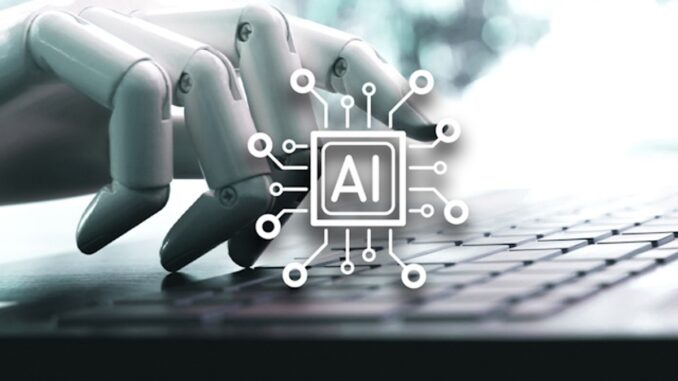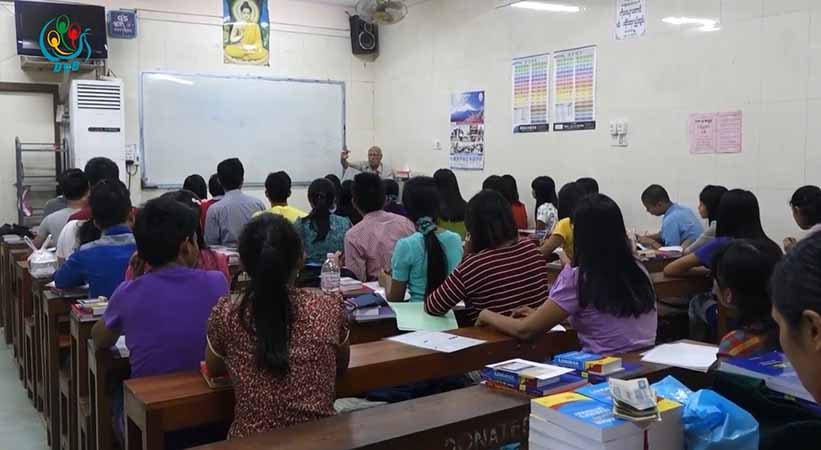
Integrating AI with collaboration tools can significantly enhance team productivity, streamline communication, and improve decision-making processes. Here are several ways to effectively integrate AI into collaboration tools:
1. **Intelligent Chatbots**: Deploy AI-powered chatbots within collaboration platforms (like Slack, Microsoft Teams, or Google Workspace) to assist users by answering common questions, scheduling meetings, or retrieving information quickly.











2. **Enhanced Search Functionality**: Use natural language processing (NLP) to improve search functionality within collaboration tools. AI can understand user queries better, retrieving relevant documents, messages, and discussions even if users don’t know the exact keywords.
3. **Meeting Assistant**: Implement AI-driven meeting assistants to schedule meetings based on participants’ availability, manage agendas, take minutes, and provide follow-ups. These assistants can automatically summarize key discussion points and decisions.
4. **Smart Notifications**: Leverage AI algorithms to prioritize notifications based on the user’s preferences and behavior patterns, ensuring that important messages are highlighted while reducing noise from less critical alerts.
5. **Sentiment Analysis**: Integrate sentiment analysis tools that assess the tone of written communications in collaboration tools. This can help teams understand group morale or identify areas of concern based on employees’ feedback.
6. **Automated Transcription and Translation**: Use AI for real-time transcription of voice and video calls, as well as translation services that facilitate communication among teams in different languages.
7. **Content Recommendation Engine**: Implement AI algorithms that recommend relevant documents, videos, or resources based on ongoing discussions in collaboration tools, promoting knowledge sharing and enhancing project workflows.
8. **Task Management and Automation**: Use AI to create and assign tasks automatically based on conversations and project updates in collaboration platforms. This can help streamline workflows and ensure accountability.
9. **Virtual Brainstorming Sessions**: Use AI tools that facilitate creative brainstorming. These tools can analyze input from participants and suggest ideas, trends, or innovations based on collective contributions.
10. **Visual Data Insights**: Integrate AI analytics tools within collaboration platforms that can automatically generate visual reports on team performance, project status, or user engagement metrics, helping teams make data-driven decisions.
11. **AI-Powered Workflow Automation**: Implement AI solutions that automate routine tasks within collaboration tools, such as data entry, reporting, and reminders, allowing team members to focus on more strategic activities.
12. **Digital Workspace Organization**: Use AI to intelligently organize digital workspaces, helping teams categorize and keep track of documents, messages, and tasks based on relevance and priority.
13. **Enhanced Security Features**: Integrate AI for real-time monitoring of collaboration tool environments to detect unusual activity or potential security risks, enhancing data protection and compliance.
14. **Feedback Collection and Analysis**: Use AI tools to collect feedback from team members on various processes or experiences and analyze the data for actionable insights, helping to improve collaboration and communication methods continuously.
15. **Remote Team Engagement Tools**: Implement AI solutions that analyze engagement levels during remote meetings and interactions, providing insights to team leaders on how to improve participation and foster a more inclusive culture.
By integrating AI with collaboration tools, organizations can create a more connected and efficient work environment that supports better communication, enhanced productivity, and overall improved teamwork. This not only helps teams work together more effectively but also contributes to a more innovative and responsive organizational culture.


Leave a Reply